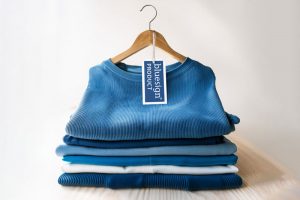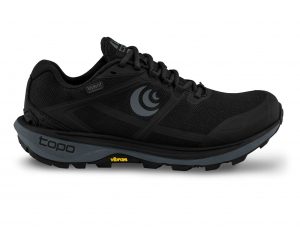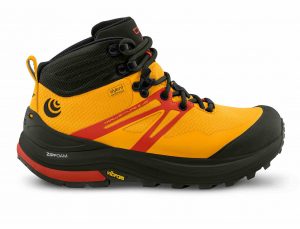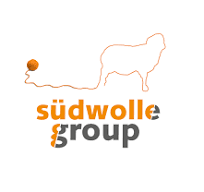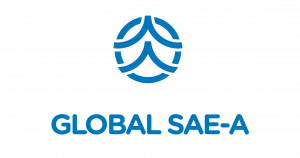 LILLE, France — October 10, 2024 — unspun, a fashion-tech company, and DECATHLON Pulse, the investment arm and start-up studio of DECATHLON, a global multi-specialist sports brand, have formed a partnership to deploy unspun’s 3D weaving technology, Vega™, across Europe. The partnership, which centers around the investment and a multi-year offtake agreement through 2030, aims to scale unspun’s 3D weaving technology throughout the region.
LILLE, France — October 10, 2024 — unspun, a fashion-tech company, and DECATHLON Pulse, the investment arm and start-up studio of DECATHLON, a global multi-specialist sports brand, have formed a partnership to deploy unspun’s 3D weaving technology, Vega™, across Europe. The partnership, which centers around the investment and a multi-year offtake agreement through 2030, aims to scale unspun’s 3D weaving technology throughout the region.
The exact terms of the deal are undisclosed. This news follows unspun’s recent closing
announcement of its Series B funding round.
DECATHLON Pulse intends to collaborate with unspun as an industrial partner to expand 3D
weaving throughout Europe serving multiple European brands. unspun aims at deploying
Vega machines to pioneer local, low-waste, and low-inventory production in the region.
unspun’s state-of-the-art 3D weaving technology, Vega, revolutionizes the manufacturing
process by weaving semi-finished products directly from yarn.
This collaboration with DECATHLON Pulse represents a significant milestone in unspun’s
mission to provide 3D-woven apparel products to European customers.
Walden Lam, CEO and co-founder of unspun, expresses enthusiasm for the partnership, stating: “Decathlon has been a great partner from the very beginning. This collaboration enables us to provide apparel products that have been produced in a more sustainable way to mainstream customers in Europe. Collectively, we are contributing to carbon neutrality objectives on millions of garments in a bid to help the fashion industry reduce waste from the supply chain. Our Vega technology is a key step on this journey to bring fast, low-impact, circular, and cost-effective production in low operating volumes to Europe.”
unspun’s vision extends beyond reducing carbon emissions in fashion, as the company pioneers innovative garments and production methods. Vega unlocks scalable potential for on-demand production, allowing brands to establish micro-factories for localized and automated manufacturing. With the EU’s Waste Framework Directive regulations on the horizon, unspun’s approach and technology offer brands better management of finished goods inventory levels, reducing waste from unsold inventory. By addressing overproduction and emissions, unspun’s low-inventory method is crucial in combating the growing global waste problem, projected to increase by 70 percent by 2050.
Franck Vigo, CEO of DECATHLON Pulse, stated: “We are thrilled to team-up with unspun. This partnership will enable Decathlon to reduce waste within the manufacturing process and strengthen our commitment to sustainability. By leveraging the potential of 3D weaving, we are working to revolutionize the garment manufacturing process and offer consumers customized, recyclable, and locally-produced products.”
unspun’s technological capabilities and vision for the future of fashion have landed the company on America’s Top Greentech companies 2024 by Time magazine, Vogue 100 innovator’s list, Newsweek’s Climate Change Innovators, TIME’s Best Inventions, and Fast Company’s World-Changing Ideas.
Posted October 15, 2024
Source: unspun



